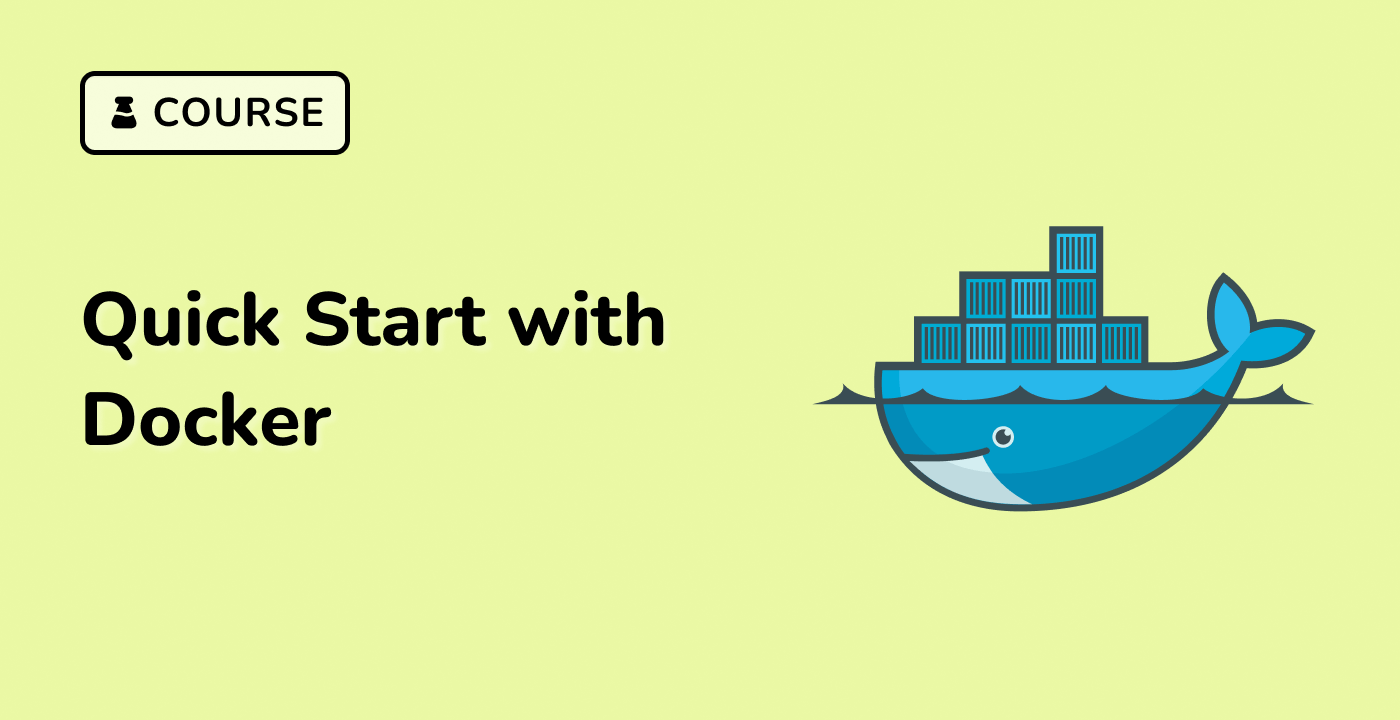Understanding Docker Fundamentals
What is Docker?
Docker is an open-source platform that allows developers to build, deploy, and run applications in a containerized environment. Containers are lightweight, standalone, and executable software packages that include everything needed to run an application, including the code, runtime, system tools, and libraries.
Docker Architecture
Docker follows a client-server architecture, where the Docker client communicates with the Docker daemon, which is responsible for building, running, and distributing Docker containers. The Docker client can run on the same host as the Docker daemon or on a remote machine.
graph LD
subgraph Docker Architecture
client[Docker Client]
daemon[Docker Daemon]
registry[Docker Registry]
client -- API --> daemon
daemon -- pull/push --> registry
end
Docker Images and Containers
Docker images are the basis for containers. An image is a lightweight, standalone, executable package that includes everything needed to run an application, including the code, runtime, system tools, libraries, and settings. Containers are runtime instances of Docker images.
Docker Networking
Docker provides built-in networking capabilities that allow containers to communicate with each other and the outside world. Docker supports several network drivers, including bridge, host, and overlay networks, which can be used to create complex network topologies.
Docker Volumes
Docker volumes are used to persist data generated by a container. Volumes are independent of the container's lifecycle and can be shared between containers or with the host system.
Docker Compose
Docker Compose is a tool for defining and running multi-container Docker applications. It allows you to define the services, networks, and volumes that make up your application in a single YAML file, and then start, stop, and manage the entire application with a single command.




